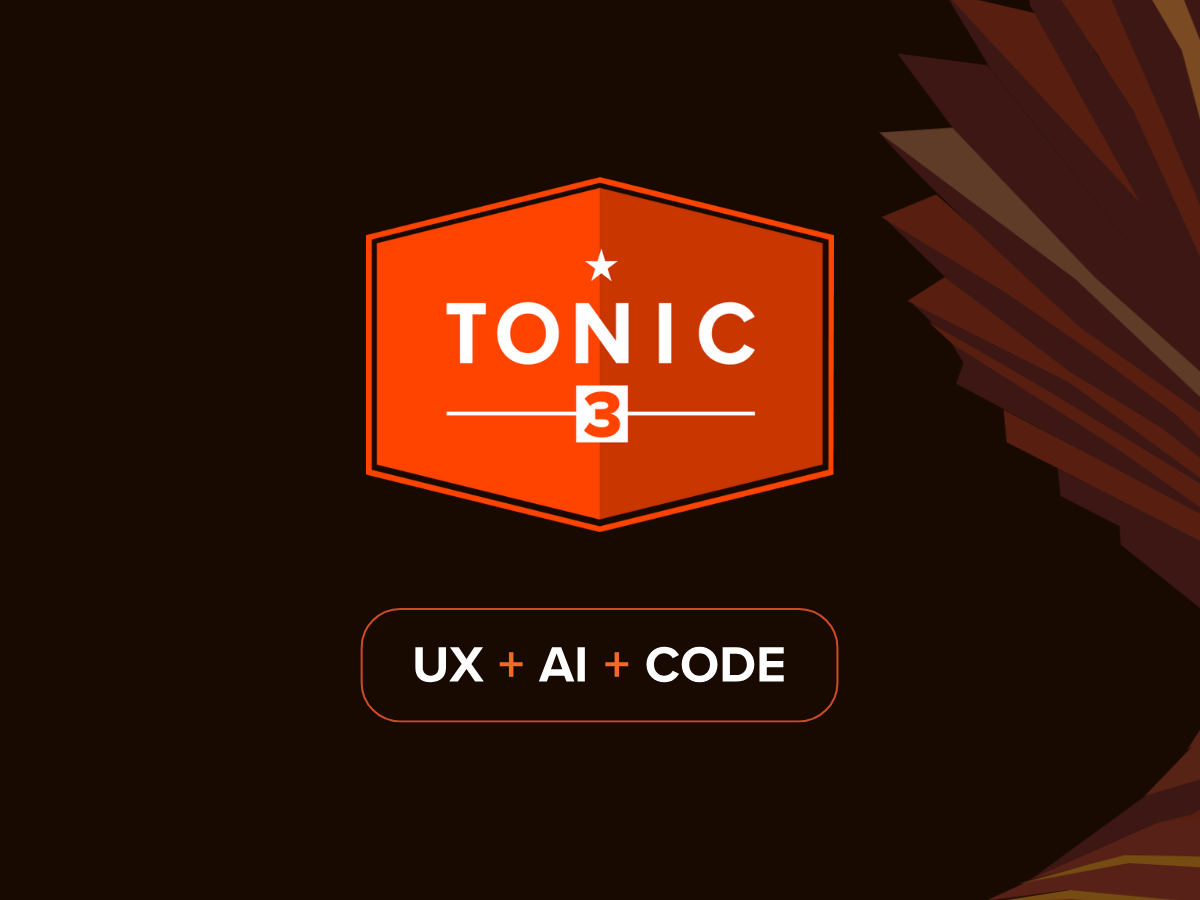Brands we saw at CES 2025 making tech awesome for humans
This mission was front and center at CES 2025, where we saw a number of brands showcasing technology that truly makes a difference in people's lives.
Tonic3 develops and executes strategies that drive profit through Digital Transformation. Practically that means we are built to help clients hone the right strategy, implement the right technology, and build the right long-term capabilities to deliver lasting transformation.
Industries
We believe that effective technology helps people succeed in their daily lives. So we help our clients engineer useful technology for their clients, partners, and employees. That translates to every major industry, but over the years we’ve developed several core areas of expertise.
3 min read
Marion Decobert
:
Aug 30, 2022 12:23:20 PM

In this article, we’ll explain what user research is and the three most common reasons for doing it—namely to create designs that are truly relevant but also enjoyable and easy to use and to understand the return on investment (ROI) of your user experience (UX) investments.
User research focuses on understanding users’ behaviors, needs, and motivations through interviews, surveys, usability evaluations, and other forms of feedback methodologies. It’s used to understand how people interact with products and evaluate whether design solutions meet their needs. One of the main aims of user research is to uncover the barriers or frustrations users face as they interact with products, services, or systems.
A unique facet of user research is the type of user experience research that focuses on the feelings, thoughts, and situations users go through as they interact with products, services, and systems. This area of research is targeted at improving the user experience of products, services, or processes by incorporating experimental and observational research to guide the design, development, and refinement of a product.
Unlike other fields of design, user research is typically approached with an empathetic perspective in order to humanize the data that has been collected. This method can also be referred to as a human-centered approach to problem-solving.
Many businesses focus on creating enjoyable experiences for their users; however, if they don’t include users in that development process, it can result in failed products. Meanwhile, user involvement in the development process can lead to better products, allowing designers to adapt products to changes in users’ behaviors and needs so they can create the best products and experiences.
Overall, user research helps businesses and organizations improve their products and services by helping them better understand:
There are various benefits to conducting user research beyond just designing better products and services. Understanding what people want before releasing products will help save money and time. Additionally, user research helps to gather data that can help influence stakeholders' decisions based on evidence rather than opinions.
If you don’t have a clear understanding of your users, you have no way of knowing whether your design will be relevant. And a design that isn’t relevant to its target audience will never be a success. But if you understand your users, you can make designs that are relevant to them.
To ensure that your design also continues to be relevant as your project progresses, it’s vital that you make a habit of regularly validating your ideas with prospective users. Talk to them about how they perceive your design and how they might imagine themselves using it or involve them directly in your design process to ensure that you’re still on the right track.
Users are focused on their goals and how to achieve them. They don’t want to waste time or be distracted by how a product is supposed to work; they want the process of using it to come naturally. If your user experience isn’t good and users find themselves puzzled or frustrated with how a product works, chances are that they’ll move on to another product.
People expect products to be easy to learn and easy to use. Therefore, all products should have a high level of usability. And usability tests can be a big help in achieving that.
When you’re designing or developing a product, you become the primary expert on how to use it and what functionalities it has. However, in that process, you can become too familiar to know whether it’s difficult for someone new to use.
The earlier that you decipher whether a product is useable or could be improved, the easier it is to make alterations. If you only start testing at the end, when you have an almost-finished product, you run a very serious risk that it might be too late for you to make major changes to the product, even if you find that they’re necessary. If all the software is complete or you can’t push your release date, you’ll have your back against the wall and won’t be able to make alterations to improve the concept. So, staying fluid with your design until the very end of the process is a must.
Great UX is extremely valuable, but that value can be hard to showcase. With user research, you have the data to validate whether your work has paid off. Studies that show the return on investment (ROI) of your UX efforts can be worth their weight in gold. If you can prove that the changes you made to the design generated more sales, resulted in a larger number of customers, or made work processes more efficient, you have a much stronger case for investing in UX.
User research studies to measure the effectiveness of your design are mostly quantitative and can take different forms. For instance, you can do A/B tests during development that compare different versions of your design or you can do studies after your product is released to measure differences in use patterns. With apps and webpages, it’s common to use different types of analytics to track various user patterns, which you can then use in a number of ways.
User research can help a business improve almost any type of product, like websites, mobile phones, medical devices, banking or government services, and much more. It’s an iterative process and a core part of user-centered design that can be used at any time during product development.


This mission was front and center at CES 2025, where we saw a number of brands showcasing technology that truly makes a difference in people's lives.

In retail, success is not just about selling products; it's about creating an engaging experience that captures hearts and produces real results.

Design thinking is an iterative, non-linear process that teams use to understand users, question assumptions, redefine problems, and develop...